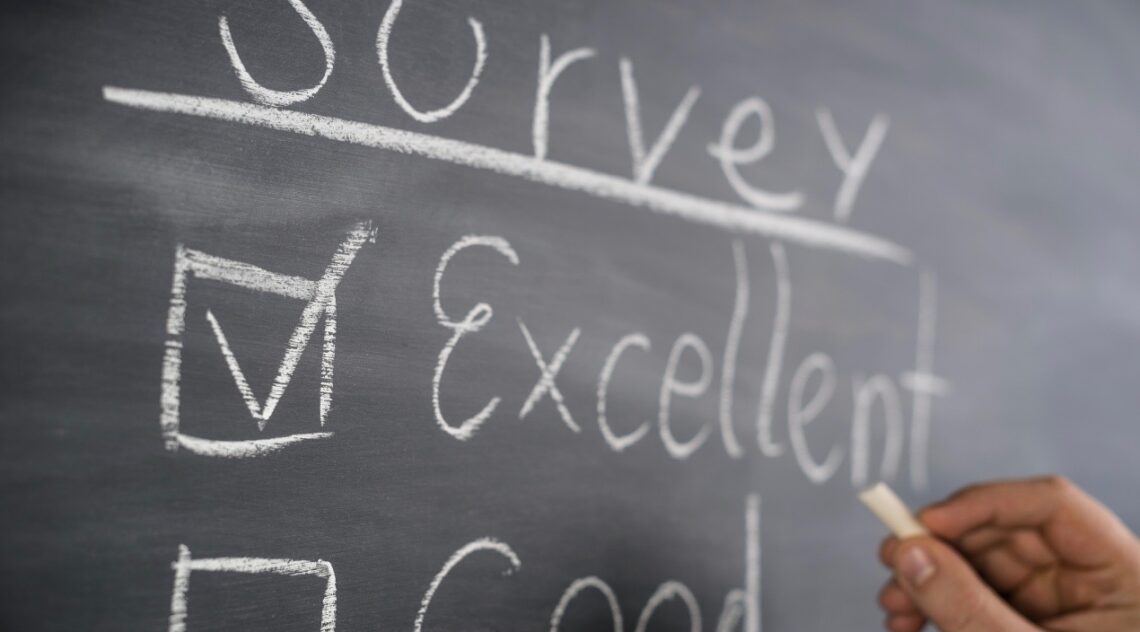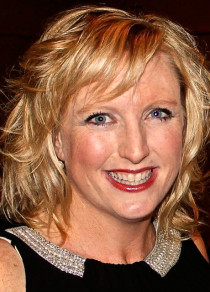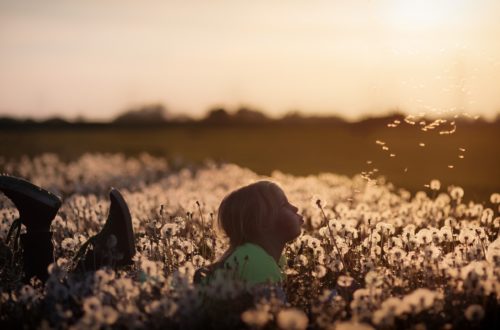
Survey Brings Attention to Experiences of Military Students
The Military Kids Now 2020 Survey conducted by the Military Child Education Coalition reflects what military families already know: military life creates real challenges for military-connected students. Dr. Amanda Trimillos and Stacy Allsbrook-Huisman, authors of Seasons of My Military Student: Practical Ideas for Parents and Teachers, say they’re hopeful the survey brings attention to those challenges and helpful measures to meet them.
According to the summary report, the Military Kids Now survey, conducted over several months in the spring of 2020, polled more than five thousand respondents—including military-connected students, parents from all branches of service, and an array of education professionals. Questions covered the academic, social, and emotional experiences of military-connected students.
Amanda and Stacy expressed the hope that the data in the survey, by validating and quantifying issues and challenges, will inspire and inform policymakers and organizations who have the power to make a difference. The authors talked about the survey results and answered questions about the needs and experiences of military-connected students.
Tools and Knowledge

Amanda: My hope is that support organizations and schools will look at these types of surveys and use them to train their faculty and their parents. It still surprises me when I speak to school districts and to parents who haven’t heard of the Interstate Compact. They know of the challenges and feel them on a personal level but don’t know their resources to ease the burden. I hope this survey will help the Military Interstate Children’s Compact Commission, MCEC, Educate the Educator (and other support organizations) create a new platform to build awareness on every level. These reports and policies should be discussed at every newcomer meeting for a base, at every out-processing before a PCS, and at every TAPs training before leaving the military. They should also be discussed in teacher preparation classes, professional development, and team meetings.

Stacy: Surveys like this one are like buoys, keeping these important issues visible and on the surface, continuing the conversation between parents and schools. With every piece of data curated by survey can bring us closer to real policy changes in the schools. I think the burden has been placed on military parents over the years, because it was our responsibility to take on schools every time we moved. Parents had to be the ones to keep a check on the process, to teach schools how to deal with our children’s transition needs, to plead our kids’ cases. I feel a shift, a change in the winds. I feel schools, once we get past the challenges of the pandemic, will see the value in being proactive versus reactive to the unique challenges of military-connected students.
Differing Perspectives
Amanda: The discrepancies between parents and educators responses about the top needs of students was very significant. For example, students, parents, and teachers differ in what they see as the top social and emotional concerns. Students and parents focused on the need for support and making friends, respectively, as their top two needs. Teachers placed these needs at three and four and listed dealing with parent deployment/reunion as the number one concern. I find this difference important because … a student should be met at their point of need, not what the teacher perceives as their top need. In Seasons of My Military Student, in both Season of Arriving and Season of Growing chapters, we focus on the student’s need to be accepted, the need to fit in, and the need to make friends. When these needs are met, then many of the other needs are also met as secondary benefits. A feeling of belonging meets the social/emotional needs as well as building a platform to help meet academic needs.
I was pleased to see agreement across the board on the top ten academic concerns. Each of the participant groups placed learning gaps as either the number one or two categories of concern. In Seasons of My Military Student, we include gaps in learning alongside the parallel frustration of overlaps in learning. These gaps and overlaps make it difficult for both students and educators, no matter when a student moves to a new school. Over the years MIC3, MCEC, Educate the Educator, Common Core and various other programs have attempted to minimize the gap/overlap experience, but students and teachers still encounter the challenge on a regular basis.
“Surveys like this one are like buoys, keeping these important issues visible and on the surface, continuing the conversation between parents and schools.”
— Stacy Allsbrook-Huisman
Stacy: What stood out to me in this survey was how confident education professionals were in their own understanding, but how little parents felt they (educators and schools) actually understood the academic, social and emotional challenges related to their military-connected students. Obviously, there is a disconnect there for the parent-teacher team. I hope our book can serve as the missing piece, because we address the points of view of students, parents, and educators.
Also, there is a lack of understanding, implementing, and enforcing the Interstate Compact from both parent and professionals. The Military Interstate Children’s Compact Commission may need to step up to help schools understand the spirit of the compact if enforcement is not added. I think this survey can be helpful to all fifty commissioners.
Another concern I have is that COVID has brought on new challenges not covered in this survey. Gaps in learning that will be exaggerated by transition next year will be something to track, as well as military kids who are not adjusting after moving during the pandemic. For those who have no outreach from schools during the pandemic closures, social and emotional issues will be much more profound by the end of the school year. I hope there will be an effort to capture that data now so we know how much work needs to be done to “find” these kids that may get lost in the aftermath of the pandemic.
First-Hand View
Amanda: As an educator, I think seeing students’ needs described in their own words will help teachers be more aware of academic and social/emotional learning.
“As an educator, I think seeing students’ needs described in their own words will help teachers be more aware of academic and social/emotional learning.”
— Amanda Trimillos
The survey reiterates that military-connected students are not looking for an advantage. They are looking for a level opportunity to succeed both academically and in extra-curricular activities. Often it feels that policy prevents advocates and decision makers from erring on the side of the child. When the policy dictates come first, the one who then suffers is the student. Rather than err on the side of policy, we should put more weight on the needs of the student.
The goal is to help families and educators and policy makers see that these experiences are not single-lived events. These challenges both academic and social/emotional are on-going. They are occurring in every military-connected student generation. They are impacting both new and veteran educators.
Stacy: This survey brings to light the ongoing challenges of supporting military-connected kids in school, not just the academics, but socially and emotionally. The remedy is to have simple, easy-to-understand professional development to help schools reach out. They can keep military families from falling between the cracks or constantly struggling through transition or deployments.
Read more:
- Jill Biden Joins MCEC for Military Student Survey Release
- Military Kids Now 2020 Survey Summary Report from MCEC
- Military Kids Seek Understanding, Level Playing Field, from Stars and Stripes

